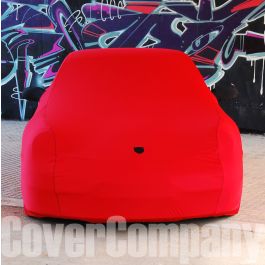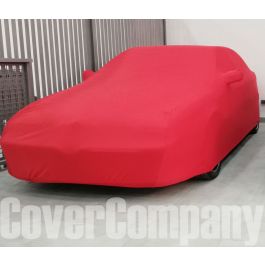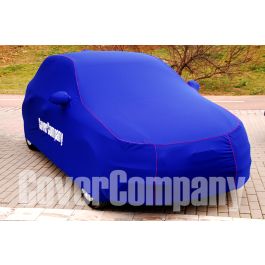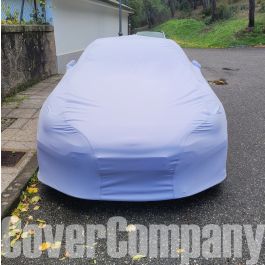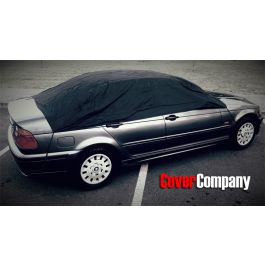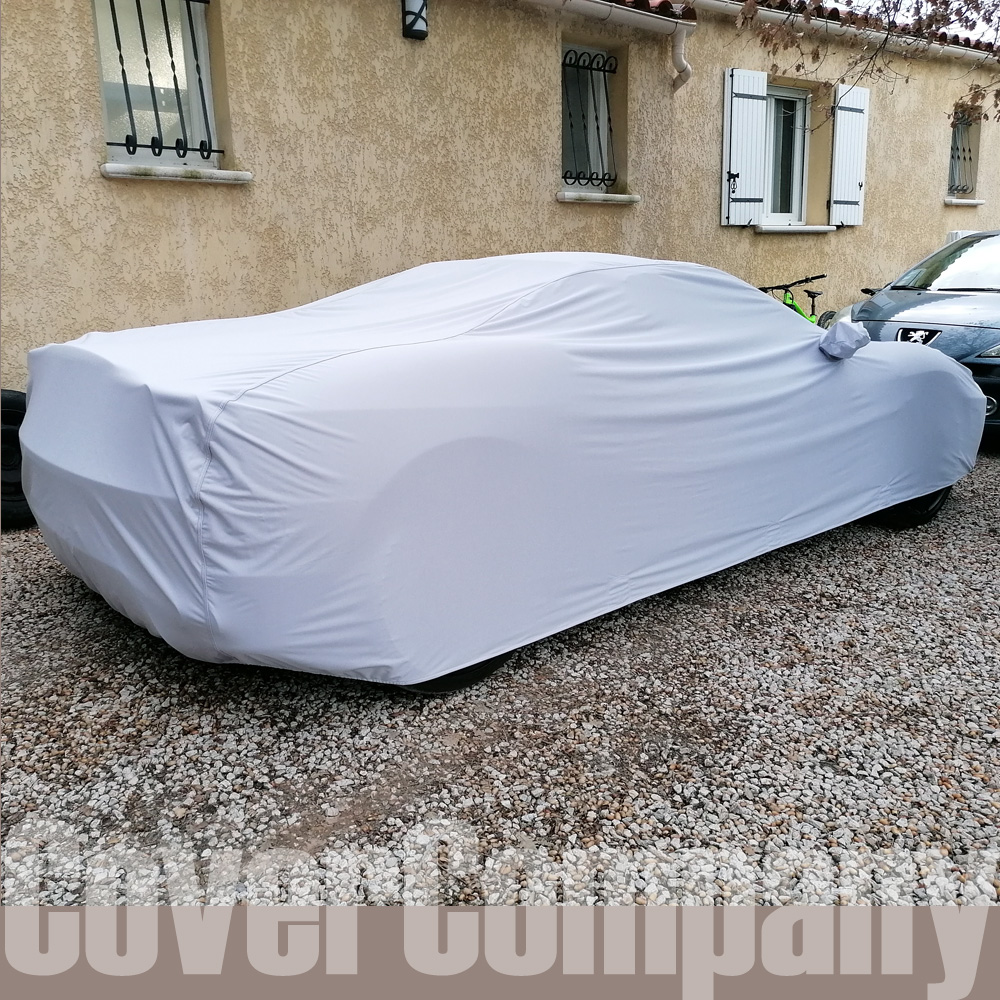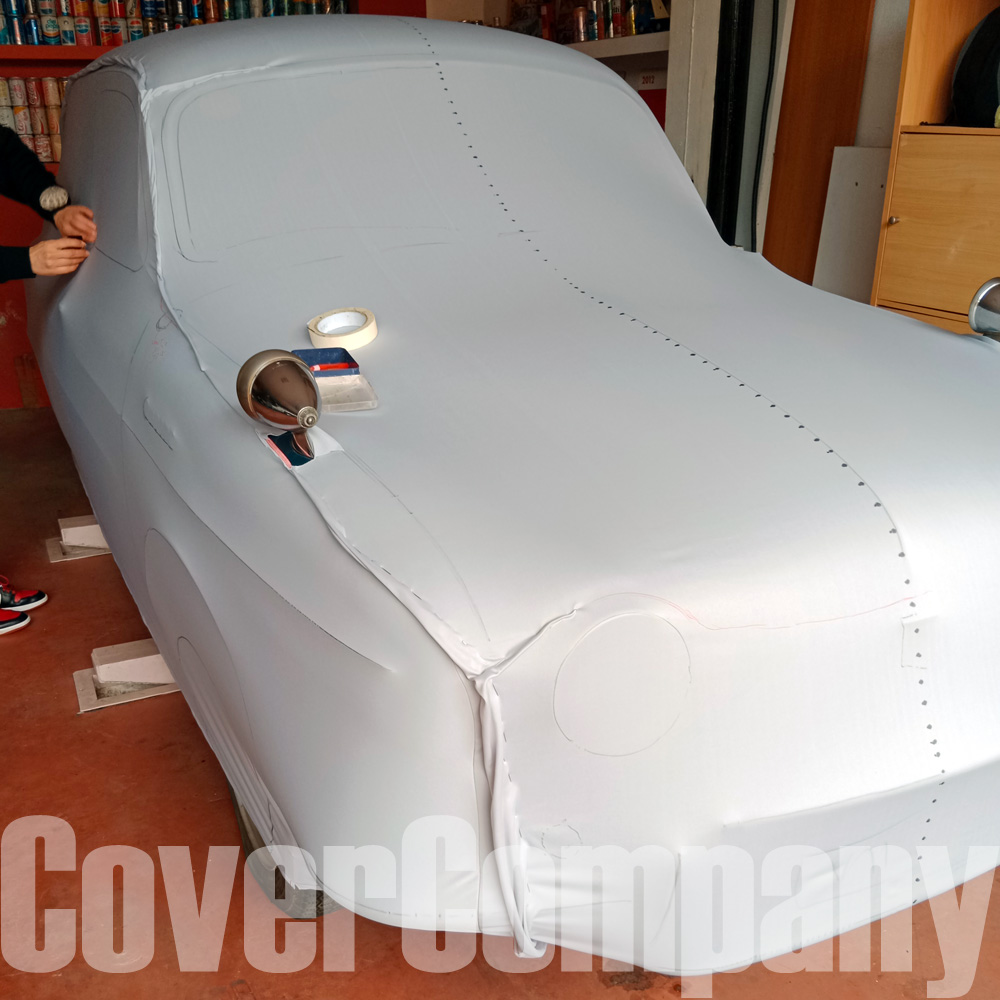Shop now.Pay it in 4.

Clearpay is unregulated credit.
Use responsibly.T&Cs & late fees
apply at clearpay.co.uk/terms
The Importance of an Oil Change
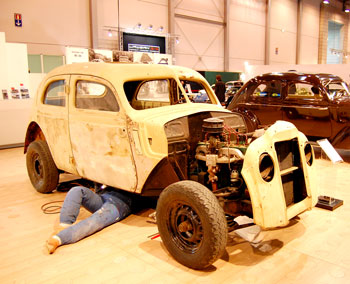 As we all know, car engines have a complex structure that operates at different speeds and, therefore, temperatures. Letting your engine heat up too much is a sure way to kill it, so you must keep it well oiled all the time. Especially if you own a classic car, you should definitely know the importance of an oil change. It is a fact that classic cars need more strict maintenance than modern vehicles. To operate a classic, it is not enough to do this maintenance only superficially; all parts, including the engine, should be checked regularly. If you own one, you should also change the engine oil regularly. Since car engines are built from many small and large parts, movements between parts can become complicated, harming vehicles' operation by seizing. Unfortunately, this is a fact for every combustion engine, and an older engine will always be more prone to seizing.
As we all know, car engines have a complex structure that operates at different speeds and, therefore, temperatures. Letting your engine heat up too much is a sure way to kill it, so you must keep it well oiled all the time. Especially if you own a classic car, you should definitely know the importance of an oil change. It is a fact that classic cars need more strict maintenance than modern vehicles. To operate a classic, it is not enough to do this maintenance only superficially; all parts, including the engine, should be checked regularly. If you own one, you should also change the engine oil regularly. Since car engines are built from many small and large parts, movements between parts can become complicated, harming vehicles' operation by seizing. Unfortunately, this is a fact for every combustion engine, and an older engine will always be more prone to seizing.
Benefits of Having an Oil Change
First and foremost, having an oil change increases working speeds by reducing friction and wear between parts. It prevents overheating and deterioration while providing sealing and security. In addition, having regular oil changes reduces the pollution inside your engine and maintains related parts' health.
How Often Should You Change Your Oil
According to the experts' recommendations, you should change the engine oil of your classic car at least once a year. Still, this period varies depending on the model of your vehicle, the type of engine, and the frequency of operation.
Another issue that you should consider in oil change is that you make decisions based on the year of your car. New cars need less oil change, so you can drive your new vehicle up to around 15k miles without changing the oil. However, as old cars can easily break down or fail, so you should provide an oil change at about 3k mile intervals. Cars without regular engine oil changes will function more slowly over time, making a safe driving experience difficult. In addition, the friction that may occur between the engine parts will almost always lead to deterioration and failure. One of the biggest mistakes made in oil change is to wait for any failure situation for the replacement. In such cases, the engine or parts that need lubrication will already be damaged, and sometimes it can even be unrepairable. To avoid being in such a situation, you should change your vehicle's oil, and you should not wait for a problem to arise.
Oil Types and Classifications
Remember that every maintenance you do to your vehicle is an investment, improvement, and protection. Although engine oil is the primary maintenance material widely used, what is known about it is limited or usually inaccurate information. You can get the most helpful information about the oil you need by consulting the company you will receive the service.
When choosing the right oil, you should first know your engine's technical specifications and requirements. Since many types of oils contain different substances according to different technical specifications, it is essential to know your vehicle inside and out.
The type of car and weather conditions are just as important as the technical specifications. Classic vehicles and classic engines have certain features, so it may be sufficient to get general information from the company you consult.
Understanding the Labels
The "SAE" (Society of Automotive Engineers) phrase you see next to oil names is a scale for engine and transmission oils produced by the said Automotive Engineers community. This scale shows the viscosity of the oil at the specified temperature values.
The optimum values of this classification are; 0W, 5W, 10W, 15W, 20W, 25W for winter and 16, 20, 30, 40, 50, 60 for summer. Even with that information only, you can easily understand that you should also pay attention to seasonal conditions when choosing the appropriate oil for your vehicle.
Oils expressed with notations such as “SAE 20W-50” are oils suitable for use in all seasons. Therefore, you can easily use such oils in your car, regardless of the changing weather conditions.
There are specialized organizations worldwide to determine the quality of oil products. Labels on cans of motor oil contain information on the compliance of products with the requirements and standards (specifications) of specific organizations. These names are:
● API - American Petroleum Institute.
● ACEA - European Automobile Manufacturers Association.
● ILSAC - International Lubricant Standardization and Approval Committee.
● AAE - Russian Association of Automotive Engineers.
A code consisting of letters or letters and numbers is shown next to the name of the above-specialized organization, for example, API SN, ACEA C3. Letters and words mean the above, while numbers are measured to express the degree of quality.
Oils in petrol engines can still be classified among themselves. There are 12 types of oils in this class: SA, SB, SC, SD, SE, SF, SG, SH, SJ, SL, SM, SN. However, you should note that SA, SB, SC, SD, and SE variants were used in automobiles produced between 1930 - 1972. Therefore, using these oils in your new-generation vehicle can be dangerous, dysfunctional, or even destructive.
According to the European Automobile Manufacturers Association classification, the letter “A” means that the oil is for petrol engines only, “B” indicates light commercial vehicles with diesel engines, and “E” is used in heavy commercial vehicles with diesel engines.
Also, API levels in petrol engines are classified among themselves according to the engine’s manufacture date:
● API SJ - oils for cars not older than 2001
● API SL - oils for cars not older than 2004
● API SM - oils for cars not older than 2010
● API SN - oils we have used since 2011.
All these letters and numbers can seem somewhat confusing to non-experts, so you should always prefer to consult an expert in choosing the correct oil. Before purchasing oil, you can ask the company for personal advice and eliminate the risk of error. Do not forget that choosing the wrong oil harms not only the engine of the car but also affects your healthy driving experience.
In the descriptions of oils such as Rektol SC or Rektol SB, you can find which engines they are suitable for and their periods. You can also find high-quality non-Detergent, monograde engine oils manufactured from mineral-based products like Rektor Regular oil products.
The Correct Oil Change Maintenance
As we mentioned earlier, if you don't consider the critical factors in your car's oil change, you may encounter many problems. First of all, if you do not choose an oil that fits the technical specifications of your vehicle, you cannot provide the proper maintenance. This may cause the engine to malfunction while running.
For example, parts may break down by rubbing, vehicle parts may freeze due to weather conditions in winter, or when you put too much engine oil, the oil mixes into the combustion chamber, your car may start to emit oil and smoke from the exhaust.
When the warning lamp on the engine oil indicator in your car lights up, you should have it checked. In these cases, it is also possible to check the engine oil condition by removing the dipstick while the vehicle is not in motion. The indicator may be faulty due to oil pump problems, sensor malfunction, or oil system clogging.
Every time your car starts, the dust accumulated on and inside the engine moves and mixes with the oil, which causes muddy pollution over time. An oil with cleaning properties can reduce this sludge and pollution.
In addition to cleaning power, a quality engine oil may also contain the following components: Dispersants, corrosion inhibitors, friction reducers, antioxidants, and viscosity improvers. All these components enable the engine to perform the tasks we mentioned above.
You may also need other types of oil for your vehicle’s maintenance. For example, hydraulic oils are used in brake and clutch systems. So when you hear a sound from the brakes while driving, you can understand that your oil is low and needs to be changed.
ATF oils are the type of oil used in the gearboxes and transfer boxes of vehicles. These oils help to protect your vehicle from deformation and corrosion. It also protects your car against oxidation and foaming.
Greases, like other oils, are another type that is used quite frequently in classic cars. However, it is different from other oils because of its form. While other oils are in liquid form (different viscosities), greases are gel-like, which allows them to stay on a part for a long time without flowing.
Choosing and Applying the Right Equipment
There are special equipment and items that you can use for oil changes. Many different types of equipment such as radiator protection/cleaner, oil change fluid, slip, grease spray, rust remover, or interior care fluid allow you to take the best care of your vehicle.
Choosing the right compatible engine oil for your vehicle can seem like a difficult task when you realize how many engine oil options are available on the market. The first thing you should do is check your vehicle's owner's guidebook or service booklet.
In addition, you can get personalized oil advice from Rektol’s Classic Oil Advice page, and you can be sure that they will offer you the right oil for your vehicle. Be sure to enter all the features of your car correctly when filling out the form.
If you are looking for suitable classic car oils, you can browse all the products on Rektol’s site and choose the most suitable one for yourself. All information about their products (including price) is shared on their product pages.
How to Change Your Oil Yourself
Regular oil changes are pretty much the best thing you can do to maintain your car's power and efficiency, and it will also help you make your engine's life as long as possible. That's why it's essential to know how to change engine oil yourself. Many people turn to their local garage or friendly mechanic to take care of this job, but it's certainly possible to do this at home.
First of all, you should get the oil you need. When purchasing oil, it's also a good idea to get a new oil filter and a filter wrench, drain plug wrench, and an oil drain pan if you don't have one. We also recommend using disposable latex gloves and safety glasses, as the oil can irritate your skin.
Once you have all of these supplies, make sure your car is parked on level ground - the engine is warm but not hot, and the handbrake is on - and lift the hood. Next, place the drain pan under the drain plug, remove the oil fill cap and loosen the drain plug with the plug wrench until oil begins to flow into the drain pan.
At this point, you can use the oil filter wrench to unscrew the oil filter by turning it counterclockwise: the oil will then drain thoroughly and quickly. You should also drain the oil from the filter into the drain pan, then place the filter in a plastic bag that you can safely store until recycling.
After the flow of used engine oil has stopped, install and tighten the drain plug before screwing in the new oil filter. To ensure a good seal, it is a good idea to coat the filter gasket with a light coat of oil before replacing it.
At this point, check how much oil you need to add and refill the engine with the recommended oil. If you are unsure how much oil to add, add oil gradually and occasionally check with the dipstick to avoid overfilling the crankcase. After you're done, reinstall the oil filler cap and dipstick - you'd be surprised how many people forget to do this - and close the hood.
Now is the time to recycle your old engine oil. You should find out the collection centers around you and bring the old oil there. You can also take it to a mechanic or service center, and they will dispose of it for you. Most places have strict and severe local laws to enforce the correct disposal.
What Our Customer Are Saying...
-
PERFECT PROTECTION GOLDWING 1500 By: Gilles COHARD
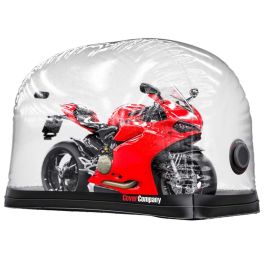 Very satisfied with this indoor size L cover (2.8 m x 1.2 m x 1.6 m) for the Goldwing 1500. Unfold carefully as the package is vacuum-sealed and the transparent part is very sticky. I installed it by myself. Be careful to position the antennas correctly. Consider using protection under the center and side stands to preserve the cover. No instructions in French. This cover is not cheap, but it really does the job. I highly recommend it. CoverCompany responds quickly to questions, which is much appreciated.
Very satisfied with this indoor size L cover (2.8 m x 1.2 m x 1.6 m) for the Goldwing 1500. Unfold carefully as the package is vacuum-sealed and the transparent part is very sticky. I installed it by myself. Be careful to position the antennas correctly. Consider using protection under the center and side stands to preserve the cover. No instructions in French. This cover is not cheap, but it really does the job. I highly recommend it. CoverCompany responds quickly to questions, which is much appreciated. -
Decent quality for the price By: Paul
 Cover is good quality. Being a standard fit cover it's designed to fit large SUV vehicles which is slightly too big for a Stelvio, but it's better that it's oversized than too small. It's never going to fit back into the storage bag or case that came with it so will have to find another way of storing it which is disappointing. Took about 10 days to get to the UK. - Answer by Cover Company: Thanks for your feedback Paul. The package includes an additional storage bag to store the cover once it has been used,
Cover is good quality. Being a standard fit cover it's designed to fit large SUV vehicles which is slightly too big for a Stelvio, but it's better that it's oversized than too small. It's never going to fit back into the storage bag or case that came with it so will have to find another way of storing it which is disappointing. Took about 10 days to get to the UK. - Answer by Cover Company: Thanks for your feedback Paul. The package includes an additional storage bag to store the cover once it has been used,

